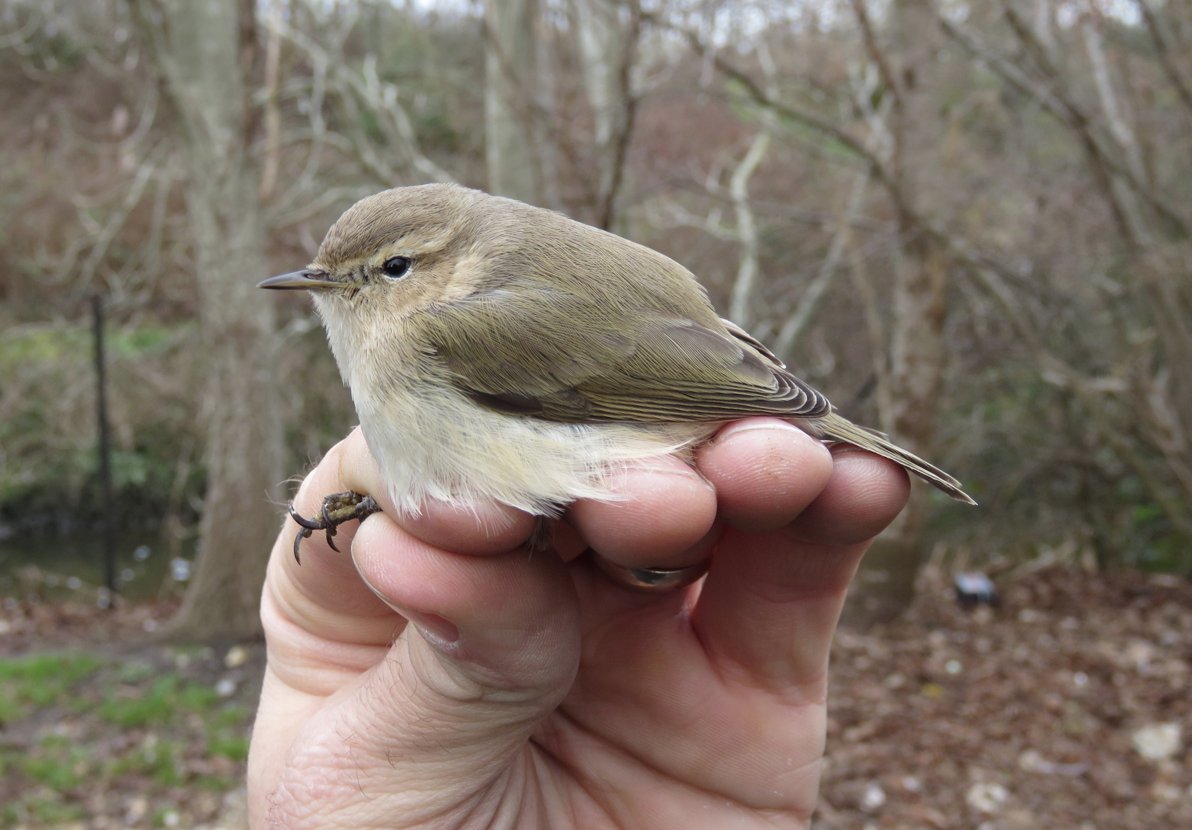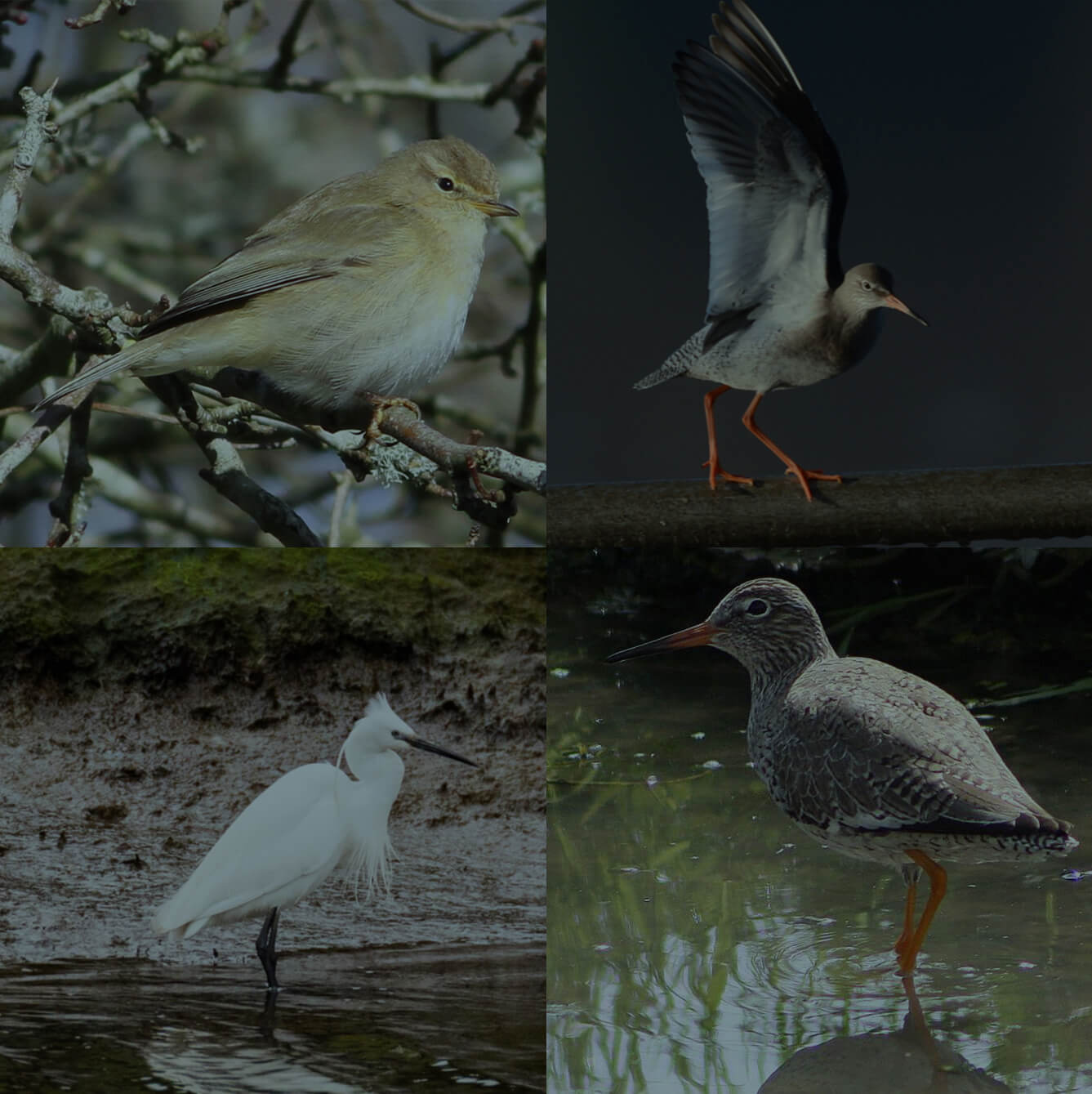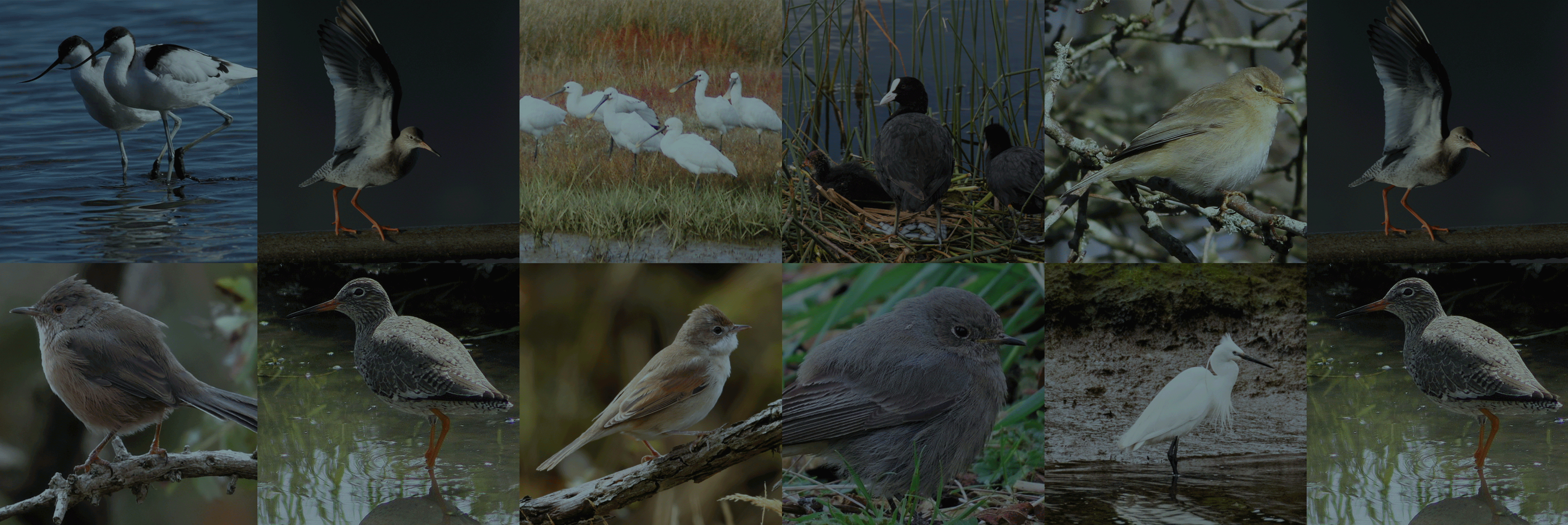This morning I was lucky enough to catch and ring a Siberian (tristis) Chiffchaff, a rare relative of our Common (collybita) Chiffchaff. Although they are often much paler, this is not a diagnostic characteristic of a Siberian Chiffchaff as some Common Chiffchaff can be just as pale. The only true way to ID a Siberian Chiffchaff is through its call, which this bird kindly did for me whilst it was in my hand, and then repeated when I turned my sound recording gear on. You can see in the sonagram the downward (sad sounding) inflection of the call, where as a Common Chiffchaff call would have an upward rising inflection of its call.


During the same ringing session I was also fortunate enough to re-trap a Common Chiffchaff that through our ringing data shows it has returned for its third winter in a row having originally been caught and ringed in January 2013. Proving winter site fidelity in winter Chiffchaff is an interesting and fairly new phenomenon, however knowing where these birds breed would be the icing on the cake. Are they local breeders or like our over-wintering Blackcap, visitors from much further afield? Also ringed was a new female Firecrest and a male and female Goldcrest. In Holes Bay the Smew was again present just south of the railway bridge and the counties tamest Spoonbill and Spotted Redshank continued to feed in the Holes Bay outflow on the low tide.
You might also like...
Harbour Update – posted 20/12/24
It was a stunning start to the day, with a cold, crisp (and dare we say it) Christmassy…
Find out moreHarbour Update – posted 19/12/24
Highlight of todays sightings was a Ruff present at Lytchett Fields amongst 268 Lapwing, as well as 1…
Find out moreCall 01202 641 003
© 2024 Birds of Poole Harbour Registered Charity No. 1152615


